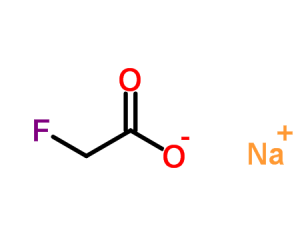
Caterpillar City
Tales From a Tiny Garden
Caterpillar City Crisis
Older Monarch caterpillars trash their environment leaving nothing for the younger generation….
Monarch caterpillars are voracious eating machines. They eat swan plants exclusively and will completely trash a large plant in days. Big caterpillars survive while smaller ones starve to death as the availability of leaves dwindles. Fully grown caterpillars will stand up on their rear legs and headbutt each other over a juicy leaf when supply is short.

Despite completely trashing their environment, leaving nothing but green twigs for younger generations Monarch caterpillars still have a swan planet B.
Step 1. Pupate, and hide away in a chrysalis for about 10 days.
Step 2. Bash your head against the Chrysallis to knock a hole in it. Squeeze out carefully and pump your wings up before flying off to another swan planet.
 Luckily we are a bit smarter than Monarch caterpillars and have a plan for saving Lake Rotorua. It’s the rest of the planet I sometimes worry about.
Luckily we are a bit smarter than Monarch caterpillars and have a plan for saving Lake Rotorua. It’s the rest of the planet I sometimes worry about.
Lake Rotorua Nutrient Management – Plan Change 10.

